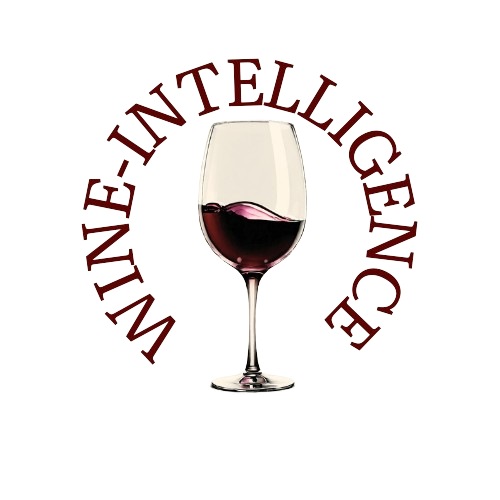The fine wine market saw significant shifts this week, with Bordeaux reinforcing its leadership position, climbing to a commanding 41.1% share of the market—a notable recovery from last week’s dip to 34.0%.
The 2021 vintage emerged as the most actively traded by both value and volume, reflecting increased seller activity. The willingness to part with 2021 wines could be attributed to recent negative rescorings, making it less attractive compared to more critically acclaimed vintages. This shift suggests that buyers may be taking advantage of softer pricing, as sellers adjust their expectations.
Burgundy’s Market Share Grows, Led by Domaine de la Romanée-Conti
Burgundy also made gains, increasing its market share from 20.8% to 25.6%. The prestigious Domaine de la Romanée-Conti (DRC) was the clear leader within the region, accounting for 31.0% of Burgundy’s traded value. Several vintages of Romanée-Conti Grand Cru and assortment cases changed hands, reinforcing the continued demand for top-tier Burgundy wines. Despite Burgundy’s strong showing, the overall market sentiment remains selective, with buyers showing a preference for established blue-chip labels over lesser-known producers.
Champagne’s Trade Declines Despite a Strong Showing from Pol Roger
While Champagne has been a strong performer in recent months, this week saw a decline in its market share, falling from 18.1% to 11.4%. This drop came despite Pol Roger, Sir Winston Churchill 2015 ranking among the week’s top-traded wines by value. Notably, Dom Pérignon and Cristal, typically key drivers of Champagne’s trade, took a back seat, seeing less movement than usual. This shift may indicate a temporary slowdown in demand for high-end prestige cuvées, as buyers explore alternative regions or look for value elsewhere.
Tuscany Sees a Decline as Sassicaia and Il Poggione Lead the Region
Tuscany’s market share also dipped, falling from 12.9% to 10.1%. The region’s top-traded wine was Guado Al Tasso 2022, followed closely by Sassicaia 2018 and Il Poggione, Brunello di Montalcino 2018. The decline in Tuscany’s share suggests a shift in focus among buyers, possibly due to increased competition from other European fine wine regions.
Piedmont Gains Traction, Led by Giuseppe Rinaldi
Piedmont, on the other hand, saw a modest but noteworthy increase in its market share, rising from 2.8% to 3.9%. Giuseppe Rinaldi emerged as the region’s top-traded producer by value, surpassing both Giacomo Conterno and Bartolo Mascarello. Several vintages of Barolo Brunate changed hands, reflecting continued interest in traditional Barolo producers. This uptick suggests that collectors and investors remain engaged in the Piedmont market, particularly for high-quality, well-aged wines.
US Wines See Decline as Promontory and Screaming Eagle Compete for the Top Spot
The US fine wine market experienced a decline in activity, with its share of trade slipping to 3.2%. However, within the region, Promontory and Screaming Eagle remained the dominant names, competing closely as the top-traded producers. While US wines continue to command strong interest, this week’s drop suggests that international buyers may be shifting their focus back to European classics.
Conclusion: Stability and Selectivity Define the Market
This week’s market activity highlights Bordeaux’s enduring dominance, Burgundy’s strong foothold, and the continued importance of blue-chip producers across all regions. While Champagne and Tuscany saw declines, their key wines remain strong contenders in the broader fine wine investment landscape. As buyers navigate shifting demand dynamics, selectivity remains a defining factor, with well-established producers continuing to drive the majority of high-value trades.
Source: Liv-ex

